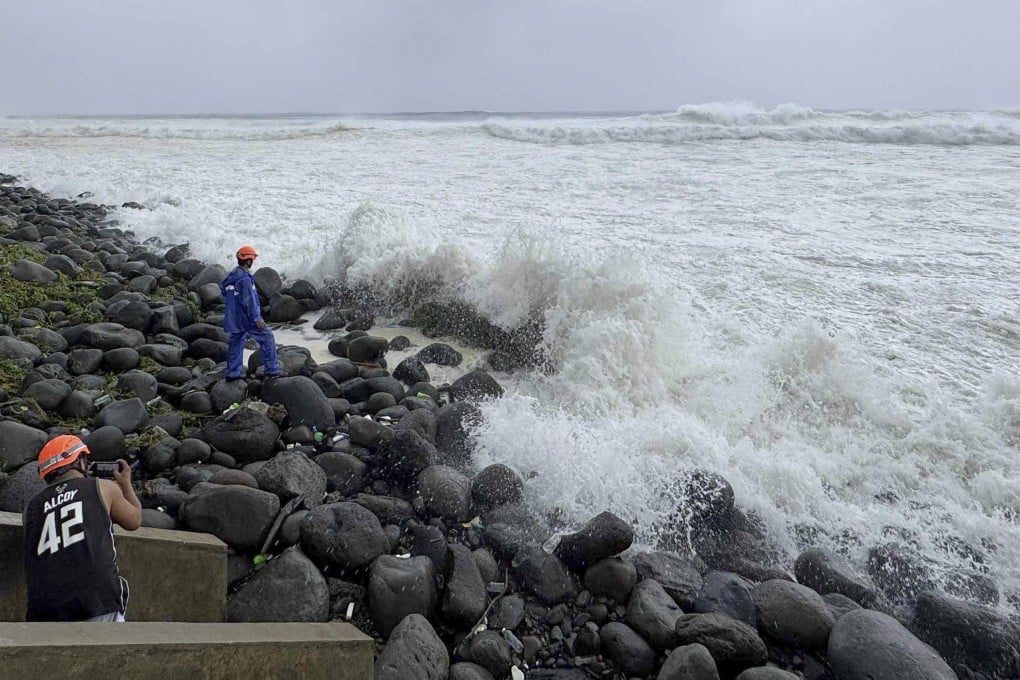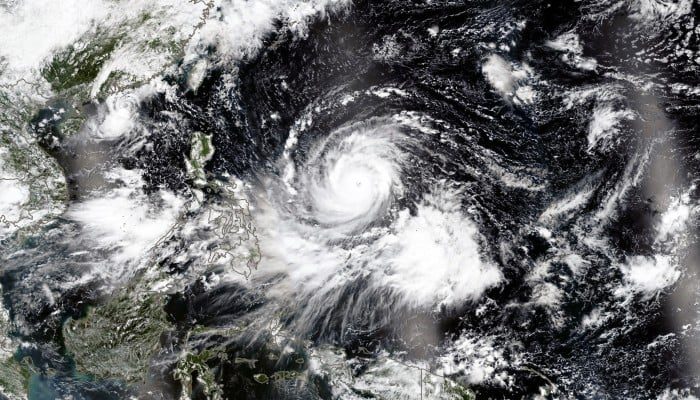A powerful super typhoon that forced thousands to evacuate in northern Philippines and caused several deaths has now reached Taiwan and is moving towards southern China and Hong Kong, where authorities prepare for severe weather.
In Taiwan’s Hualien County, two people died and 30 went missing after heavy rains caused a natural dam to burst, flooding Guangfu township. Over 7,000 residents were evacuated as emergency teams responded. The meteorological agency warned of “extremely torrential rain,” noting the storm’s wide wind field already affecting parts of the island despite its centre being distant.
Hong Kong officials have compared the threat from Super Typhoon Ragasa to the damaging storms Hato in 2017 and Mangkhut in 2018. “Ragasa will pose a serious threat to Hong Kong, which could reach the levels of Hato in 2017 and Mangkhut in 2018,” Eric Chan, Hong Kong’s second-ranking official, said.
The typhoon’s winds reached 220 kilometres per hour as it crossed the South China Sea. Hong Kong airport remains open but expects more than 500 Cathay Pacific flight cancellations from Tuesday evening. Forecasters anticipate raising the typhoon warning to signal 8, prompting widespread business and transport closures.
In Shenzhen, about 400,000 people in flood-prone areas are being evacuated ahead of Ragasa’s expected landfall on Wednesday. Shenzhen airport will suspend flights from Tuesday night.

In the Philippines, known locally as Nando, the typhoon caused deaths and missing persons due to flooding and landslides. President Ferdinand Marcos Jr. suspended government work and schools across Manila and 29 northern provinces. Power outages struck Calayan Island and Apayao province as winds reached 295 kilometres per hour. Thousands were evacuated, and flights and ferry services were cancelled due to rough seas.
Scientists warn climate change is driving storms to become stronger and more destructive. Ragasa is the 14th major weather event to hit the Philippines this year. Its arrival coincides with protests over alleged corruption in flood control projects involving billions of pesos, highlighting concerns about disaster preparedness amidst political turmoil.
As Ragasa moves through the region, emergency services remain on high alert to tackle the challenges of increasingly extreme weather linked to climate change.

